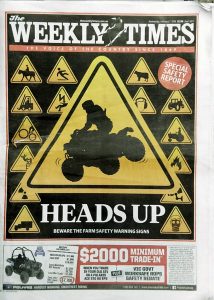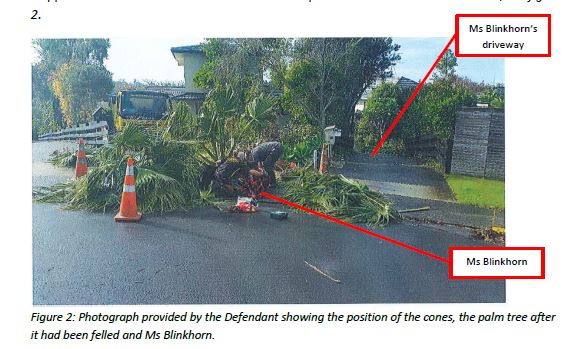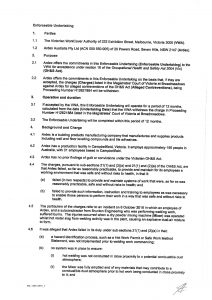 The Weekly Times newspaper has included an 8-page wraparound to its 7 February 2018 edition about workplace safety. The supplement is timely, the contents are indicative of cultural and political changes and the supplement is a nice summary of the multiple hazards and management approaches needed in agriculture (the same as in most industries, really).
The Weekly Times newspaper has included an 8-page wraparound to its 7 February 2018 edition about workplace safety. The supplement is timely, the contents are indicative of cultural and political changes and the supplement is a nice summary of the multiple hazards and management approaches needed in agriculture (the same as in most industries, really).
Data quoted liberally from

 The existence of this statement is of no surprise to occupational health and safety (OHS) professionals. Similar statements are made all the time. The sad surprise of this quote is that it appeared in 1972 on page 1 of the Safety and Health at Work – Report of the Committee 1970-72, otherwise know as the Robens Report.
The existence of this statement is of no surprise to occupational health and safety (OHS) professionals. Similar statements are made all the time. The sad surprise of this quote is that it appeared in 1972 on page 1 of the Safety and Health at Work – Report of the Committee 1970-72, otherwise know as the Robens Report.
 Occupational health and safety (OHS) policy makers are keen on making decisions based on evidence. But evidence seems hard to get, for many reasons.
Occupational health and safety (OHS) policy makers are keen on making decisions based on evidence. But evidence seems hard to get, for many reasons.
 Enforceable Undertakings
Enforceable Undertakings